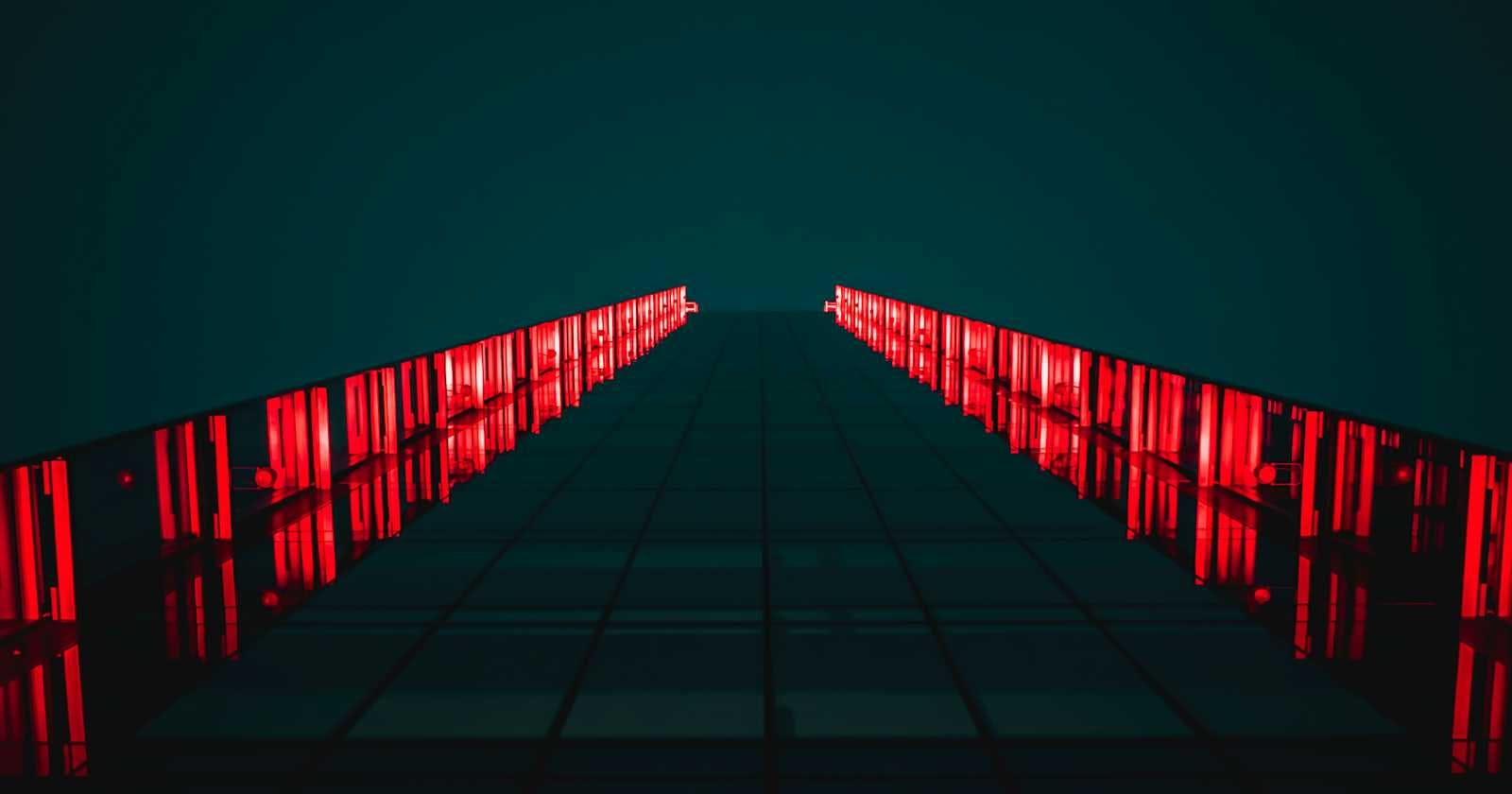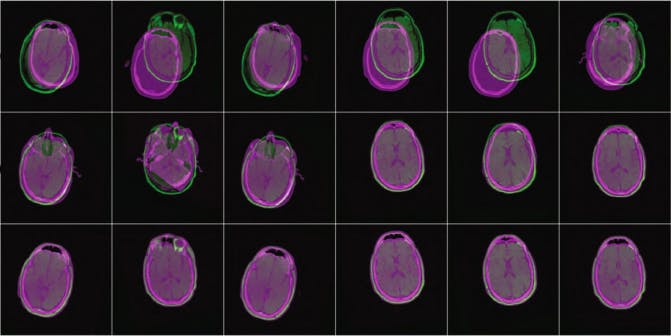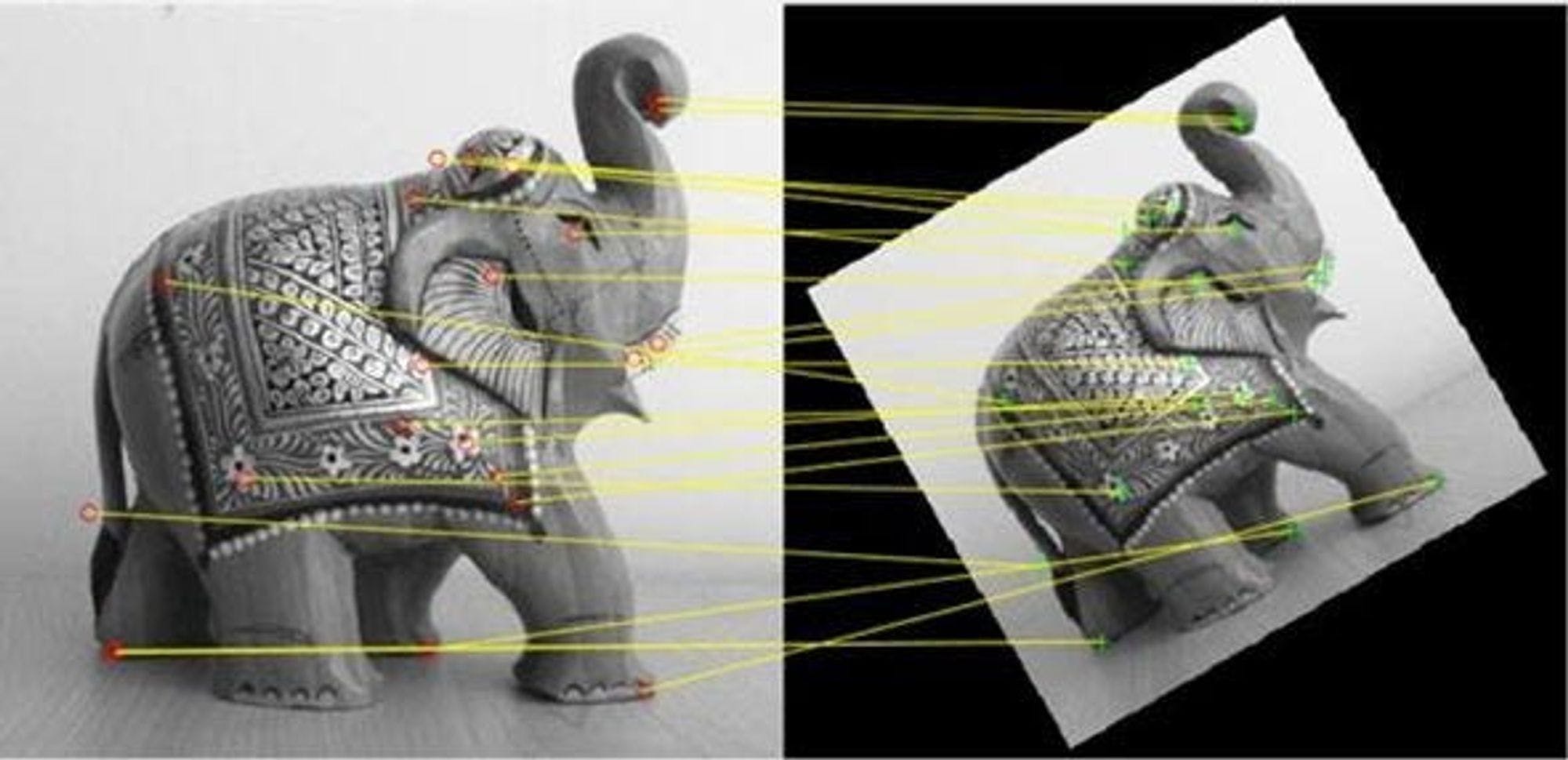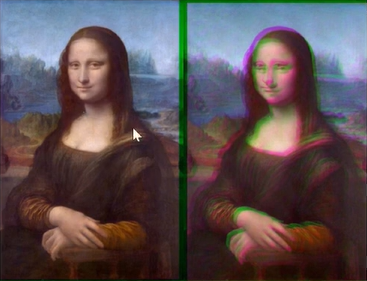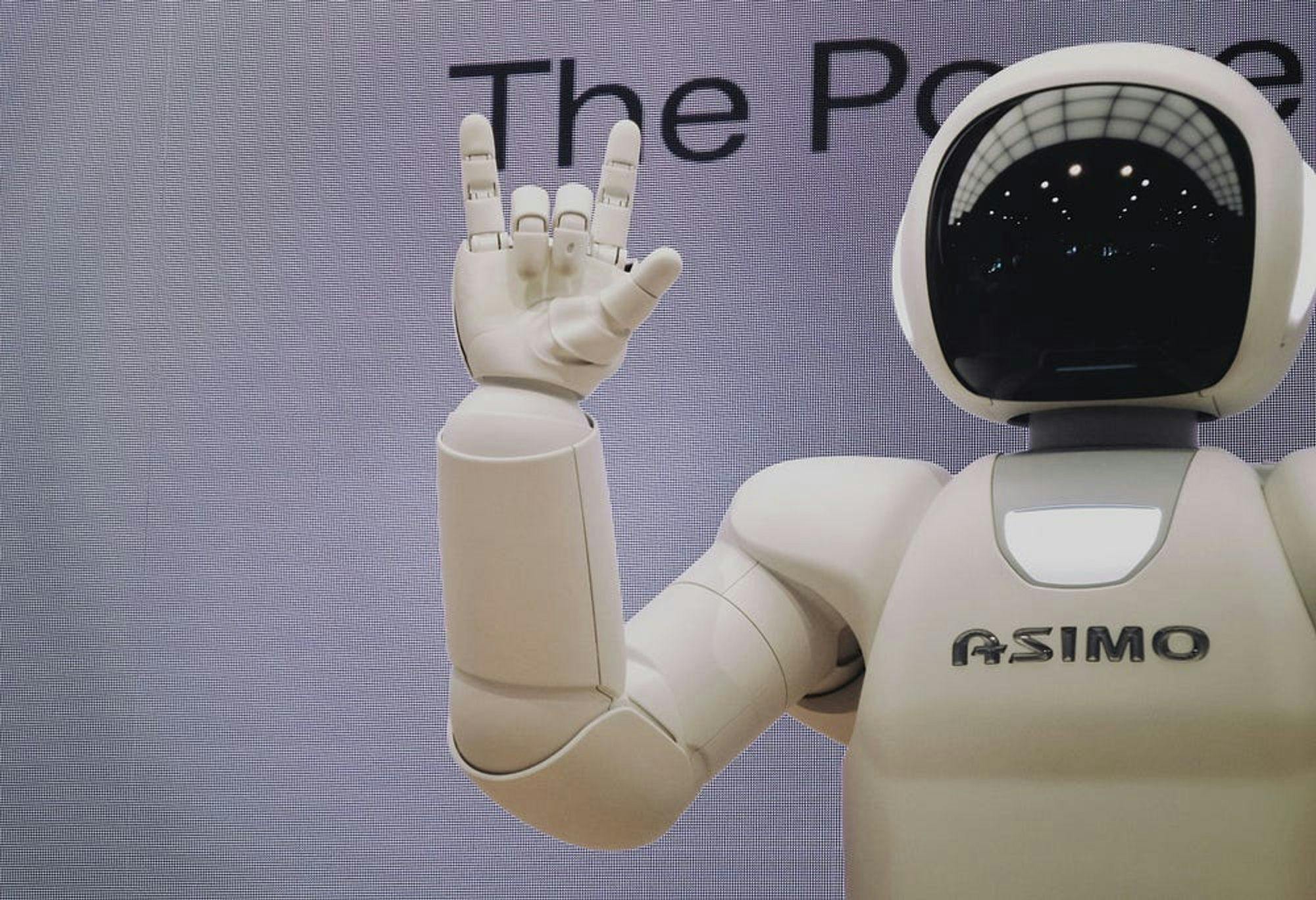Imagine a surgeon meticulously planning a delicate brain surgery, relying on perfectly aligned MRI and CT scans to navigate through complex anatomy. Or picture a satellite capturing images of Earth’s surface, where precise alignment is crucial for monitoring environmental changes over time. These scenarios illustrate the critical role of image registration, a sophisticated process that aligns and merges different images to unlock valuable insights across various fields.
In this article, we delve into the interesting world of image registration, exploring its challenges and limitations while uncovering the innovative solutions driving its advancement.
What is Image Registration?
Image registration is a fundamental process in digital image analysis that involves matching and combining images obtained from different sources or at different times. It encompasses various techniques aimed at harmonizing images spatially and geometrically, enabling accurate comparison, analysis, and interpretation. Essentially, image registration ensures that corresponding features in different images are correctly matched, facilitating tasks such as object recognition, image fusion, and change detection.
There are many types of image registration methods such as Intensity-based, Feature-based, Cross-correlation-based, Mutual Information (MI)-based, etc.
How is it different from Image Alignment?
Image alignment primarily focuses on adjusting the position, rotation, and scale of one image with respect to another, seeking optimal pixel correspondence to achieve visual coherence. In contrast, image registration is a broader process that encompasses alignment but extends beyond it. Image registration involves the spatial mapping of features from one image onto another, ensuring a comprehensive geometric match. It goes beyond basic alignment by addressing deformations, variations in perspective, and the integration of images from different modalities or time points
Image Registration vs. Image Alignment — A Comparative Analysis with Facial Images
In comparing two images of the same person’s face, taken from slightly different angles or lighting conditions, distinctions emerge in facial features and shadow distribution. For image alignment, adjustments in position, rotation, and scale are made to align one image with another. However, image registration extends beyond mere alignment, addressing geometric distortions introduced by varying angles and lighting conditions.
Challenges in Image Registration
At its core, image registration involves bringing different images into spatial alignment. Whether it’s aligning medical scans for accurate diagnosis or synchronizing satellite images for environmental monitoring, the challenges in this process are diverse.
- Handling Non-Linear Deformations
One significant challenge lies in addressing non-linear deformations, where images undergo complex distortions. Traditional linear transformations fall short in such scenarios, prompting the development of advanced algorithms capable of handling these intricate deformations.
2. Dealing with Different Modalities
Aligning images from different modalities, such as merging MRI with CT scans or combining infrared and optical satellite images, poses another obstacle. The inherent differences in the characteristics of these images demand sophisticated approaches.
3. Addressing Noise and Artifacts
Noise can originate from various sources, such as sensor imperfections, environmental interference, or limitations in imaging devices. This noise can introduce discrepancies between corresponding points in images, leading to inaccuracies during the registration process.
Artifacts, on the other hand, are unwanted distortions or irregularities in images that can arise from factors like equipment malfunctions, motion during image acquisition, or compression artifacts. These irregularities can disrupt the alignment process by introducing false correspondences or altering the spatial relationships between features.
Overcoming Challenges:
Overcoming challenges in image registration involves a multi-faceted approach.
Getting Creative with Complex Deformations:
Designing smarter algorithms to handle tricky twists and turns in images.
Researchers are exploring methods like non-rigid registration to improve accuracy in aligning images with deformable structures.
Bridging the Modalities Gap:
Exploration of feature-based matching and mutual information maximization to bridge the gap between disparate imaging modalities.
Current research delves into multi modal registration techniques, including feature-based matching and mutual information maximization, to bridge the gap between disparate imaging modalities.
Quieting Down the Noise:
Cleaning up messy images by filtering out unwanted fuzz and blips.
Teaching computers to tell the difference between signal and noise.
Toughening Up Against Artifacts:
Development of registration algorithms resilient to various types of artifacts.
Dynamic adjustment of algorithm parameters to adapt to known artifact patterns during the registration process.
Conclusion
As technology evolves, so do the solutions to these challenges. The ongoing efforts in image registration research are not only improving the precision of alignment but also expanding the possibilities of what can be achieved in fields that rely on accurate image analysis. With every challenge faced, the journey towards seamless image registration progresses, unlocking new potentials for various applications.
